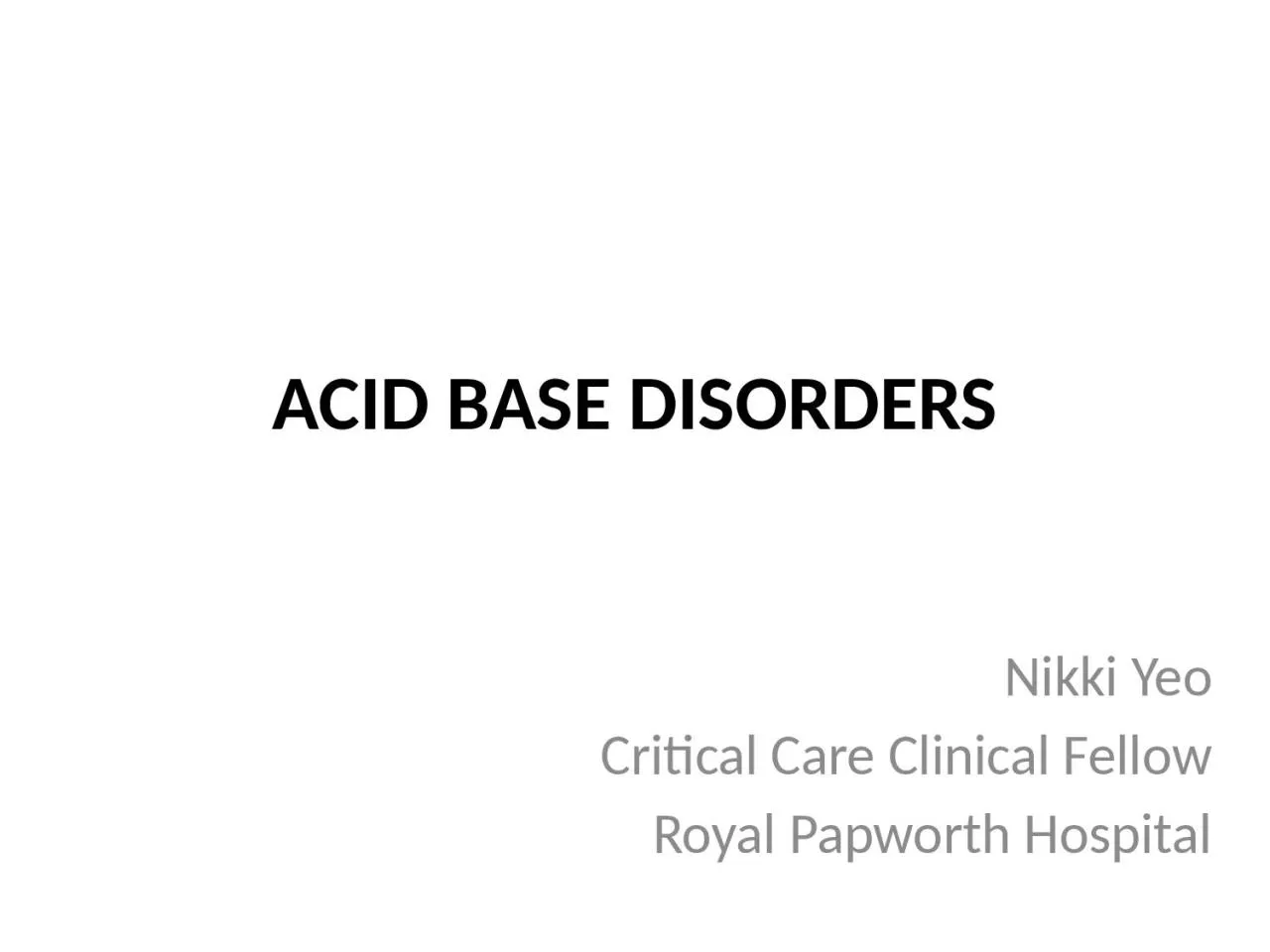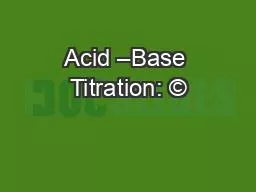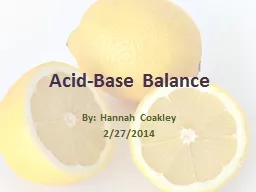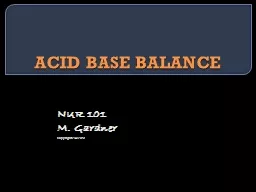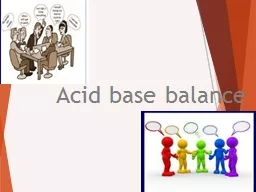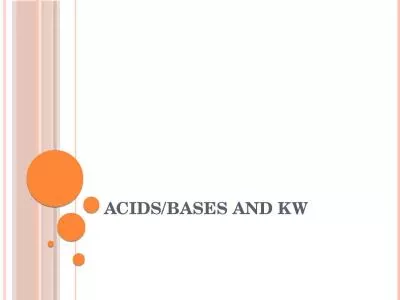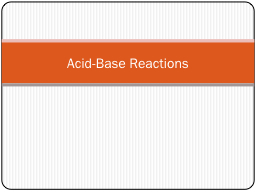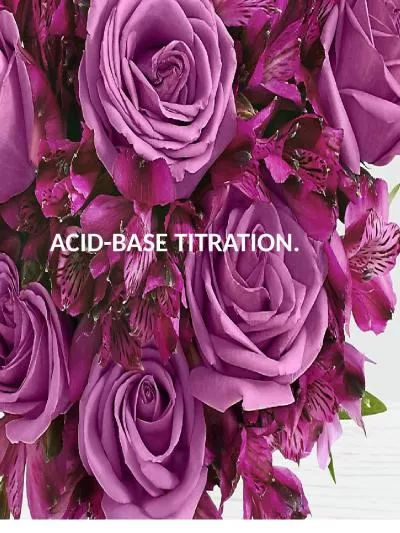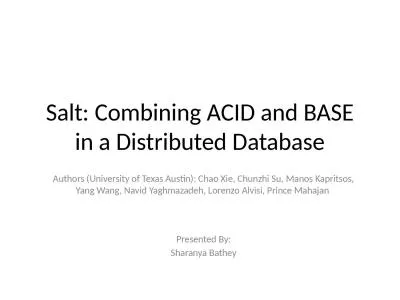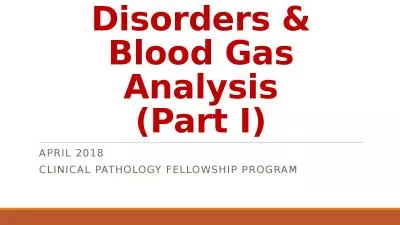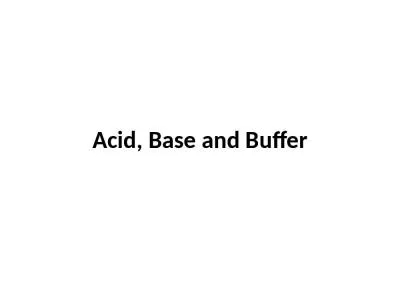PPT-ACID BASE DISORDERS Nikki Yeo
Author : bella | Published Date : 2022-06-01
Critical Care Clinical Fellow Royal Papworth Hospital Metabolic Acidosis Anion Gap Na Cl HCO 3 Reference range 8 12 4 mmolL Sometimes K is included
Presentation Embed Code
Download Presentation
Download Presentation The PPT/PDF document "ACID BASE DISORDERS Nikki Yeo" is the property of its rightful owner. Permission is granted to download and print the materials on this website for personal, non-commercial use only, and to display it on your personal computer provided you do not modify the materials and that you retain all copyright notices contained in the materials. By downloading content from our website, you accept the terms of this agreement.
ACID BASE DISORDERS Nikki Yeo: Transcript
Download Rules Of Document
"ACID BASE DISORDERS Nikki Yeo"The content belongs to its owner. You may download and print it for personal use, without modification, and keep all copyright notices. By downloading, you agree to these terms.
Related Documents

